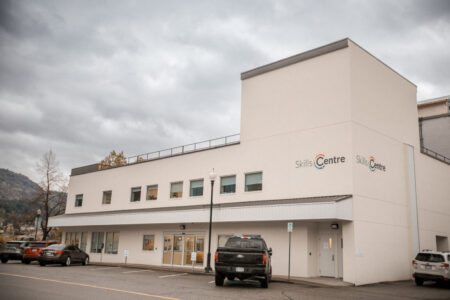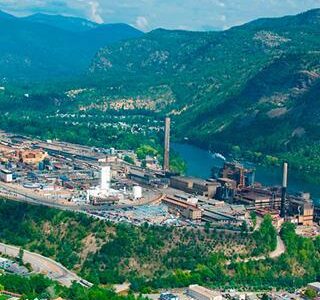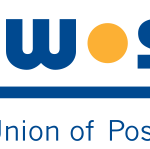High costs driving city's workforce outside of Nelson: report
By Timothy Schafer, The Nelson Daily
The cost of living in Nelson is so high that more than half of the city’s workforce comes from outside of the municipal limits, according to the final Business Retention and Expansion report released Friday.
Prepared and researched by Mike Stolte for the Nelson and Area Economic Development Partnership (NAEDP), the report cited cost of living as a critical employee issue by 63 per cent of employers.
It was that fact that forced 52 per cent of employees of the businesses surveyed to seek a place to live outside of Nelson, with 22 per cent residing in the Balfour and Bonnington area, 13 per cent coming from Bonnington to the Junction and the Slocan Valley, nine per cent coming from Castlegar and Trail, and eight per cent from Ymir and Salmo.
Housing (43 per cent), child care (24 per cent) and transportation (15 per cent) were also on the list of critical employee issues. Only one in four employers said their employees faced no critical issues.
The NAEDP received feedback from over 200 businesses in Nelson and area, with the overall goal to build a positive business environment for the success of local business.
The results of this information will play a role in informing the strategies and actions of the Economic Development Partnership and its partner agencies in the years to come.
Here is the final report for the 2010 Business Retention and Expansion Survey [PDF – 840 KB].
Some of the findings from the final report included:
Advertising
• There was a move away from traditional advertising (radio, TV, brochures, ads) to a more networked marketing (social media, other internet advertising, web-sites) from the 2000 survey, although only one in four businesses have taken advantage of social media marketing (e.g. Facebook, LinkedIn, Twitter, etc.).
Growth
• The global economy was cited as the largest threat to local businesses.
• Seven in 10 businesses anticipated staying the same size over the next six months.
• 22 per cent had plans to hire compared to eight per cent that were anticipating downsizing.
• Within three years, businesses felt they would marginally increase the number of full-time employees from 7.3 to 7.5 and part-time employees from 5.3 to six.
• This represents roughly 475 full time and 1,663 part time jobs for the RDCK, one third of which (or approximately 132 full time and 462 part time) would be in the NAEDP area.
Revenue
• About half of businesses saw revenues increase in the last three years compared with 63 per cent of respondents in 2000.
• 23 per cent saw revenues decline (vs. 18 per cent in 2000) while 26 per cent saw revenue growth remain flat (vs. 17 per cent in 2000).
• Profitability increased for 46 per cent of businesses.
• An equal number of businesses (27 per cent) saw profits either stay the same or decrease.
Investment
• In terms of expansion and renovation, one-third of businesses did not foresee investing any money over the next three years while one-third had plans to spend $20,000 or more.
• Five percent of businesses expected to invest more than $500,000 in renovation or expansion activities.
Competition
• 54 per cent of businesses have had to make significant changes to their product or service mix in the last three years.
• The speed of change is increasing. About the same number expect to have to make major changes in the next two years.
Expansion
• Half of businesses planned on expanding in the next three years in the 2000 survey. In 2010, just 38 per cent of businesses report expansion plans in the next three years.
• However, just 1.6 per cent of businesses were considering downsizing in 2010, compared to almost five per cent in 2000.
• 57 per cent of businesses planned on staying the same size in this year’s survey compared with just 39 per cent in 2000.
Problems
• Property taxes were seen as the biggest problem (affecting 32.6 per cent of businesses, slightly higher than 2000).
• However, the percentage of businesses reporting problems with by-laws, income taxes, licensing procedures and zoning regulations were about half of the 2000 numbers.
Economy drivers
• Tourism was seen by 66 per cent of businesses to be one of the top two drivers of the Nelson and area economy over the next decade.
• Rounding out the top five predicted economic drivers were relocation of people from urban centres (48 per cent of businesses), arts & culture (22 per cent), technology-based businesses (19 per cent), and health and wellness businesses (17 per cent).



























Comments